The Art of Meditating: A Comprehensive Guide to Achieving Inner Peace and Well-Being
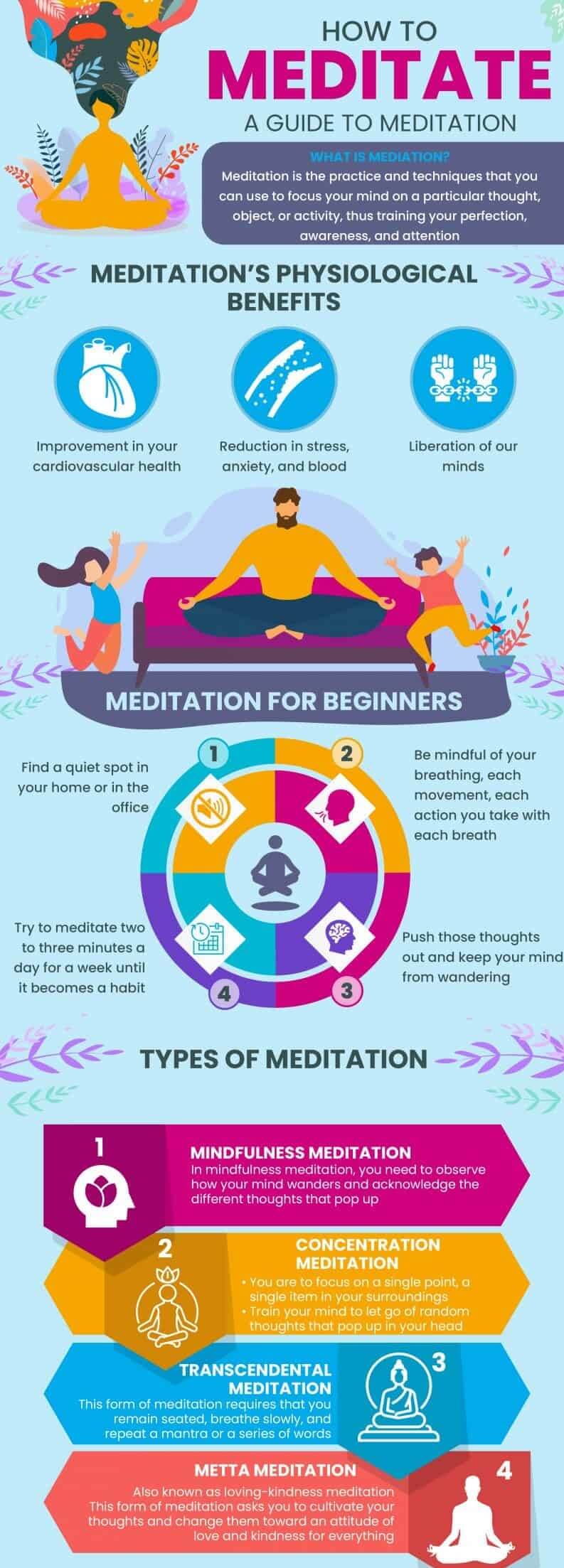 Source : booksummaryclub.com
Source : booksummaryclub.com
Introduction
In an increasingly hectic world, finding serenity and inner peace can be a daunting challenge. Here is where the art of meditation comes into play, a practice with roots dating back thousands of years and known to bring about inner peace and well-being. This comprehensive guide explores the benefits of meditation, its importance, and how it can improve your overall well-being.
The Benefits of Meditation
Meditation offers multitudes of health and well-being benefits. As an art, meditation isn't just about training your mind to focus, but also about harnessing your attention towards achieving mental clarity and developing a healthier perspective on life. It can aid in reducing stress levels, improving concentration, promoting emotional health, and enhancing self-awareness. Moreover, cultivating regular meditation practice can lead to longer-lasting positive changes in mental processing and coping abilities.
How Meditation can Improve Your Well-being
Delving deeper into the impact of meditation on well-being, engaging in regular practice can lead to significant improvements. Here are some ways it can positively alter your well-being:
1.Taming the "Monkey Mind": Often our minds are incessantly filled with thoughts - a phenomenon referred to as the "Monkey Mind." Through meditation, you can teach your mind to focus, leading to quieter mind chatter, thus achieving more peace and less stress.
2.Balanced Emotional Health: Regular meditation is known to enhance self-awareness and emotional health. It aids in recognizing self-defeating thought patterns and developing a more positive outlook.
3.Enhanced Life Quality: By reducing stress, improving emotional health, and promoting a state of calmness, meditation can significantly enhance the overall quality of your life, leading to greater satisfaction and happiness.
In conclusion, meditation is a powerful art that anyone can utilize to foster inner peace, improve well-being, and attain a calmer state of mind. By investing just a few minutes each day, you can embark on a transformative journey towards holistic well-being with lasting impact.
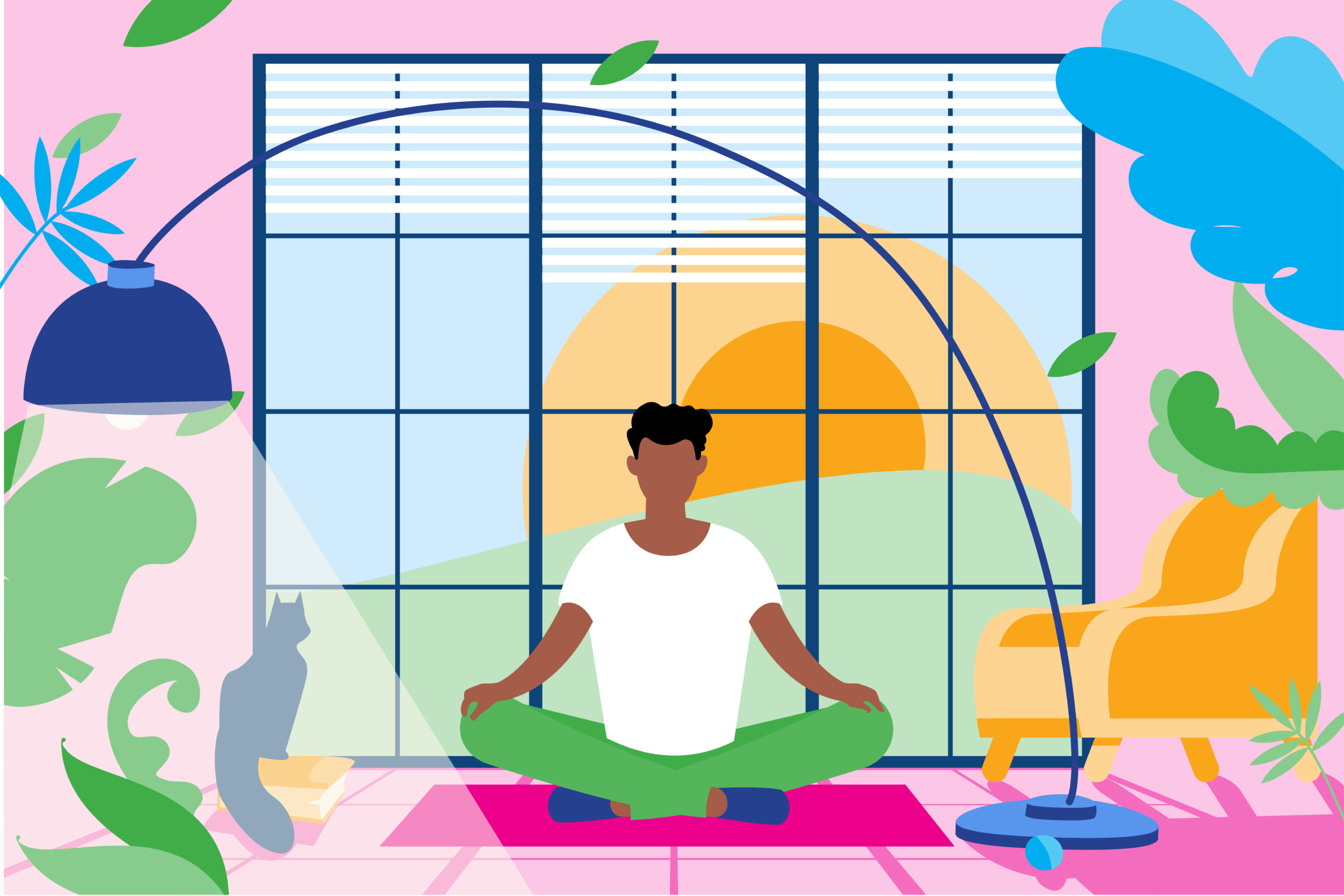 Source: www.mindful.org
Source: www.mindful.org
Getting Started with Meditation
For beginners, the path to successful meditation may seem foggy and filled with endless questions. However, with the right guidance and firsthand experience, it evolves into a pleasurable and transformative process. To facilitate this journey, the discussions below provide insights on choosing the perfect time and place, and mastering the art of postures and breathing techniques.
Finding the Right Time and Place for Meditation
The beauty of meditation is that it isn't bound by the strict rules of time and space. Whether you're in a serene garden, a bustling café, or simply at home, you can still dwell into deep mindfulness. Nevertheless, a quiet and comfortable space may work best especially for beginners. Early morning or late evening, when the surroundings are naturally peaceful, are considered ideal for meditation. Dedicated consistency at a regular spot and time can help reinforce the habit, signaling your body and mind to know when it's time to relax and delve into the meditation process.
Meditation Postures and Breathing Techniques
Various postures and breathing techniques exist in the world of meditation, and picking what feels most comfortable is key. Whether sitting cross-legged, laying down, or even walking - any position that offers comfort, steadiness, and maintains alertness is optimal. Equally important is mastering proper breathing techniques. Focusing on inhalation and exhalation helps anchor the mind, offering a sense of calm and focus. Simple techniques such as 'square breathing'- inhale for a count of 4, hold for 4, exhale for 4, and hold for 4, significantly aids in calming the nervous system and instilling a deep sense of relaxation.
Embarking on a meditation journey is an empowering step towards achieving inner peace and enriching well-being. With continual practice and newfound awareness, you'll soon embark on this transformative journey of tranquility.
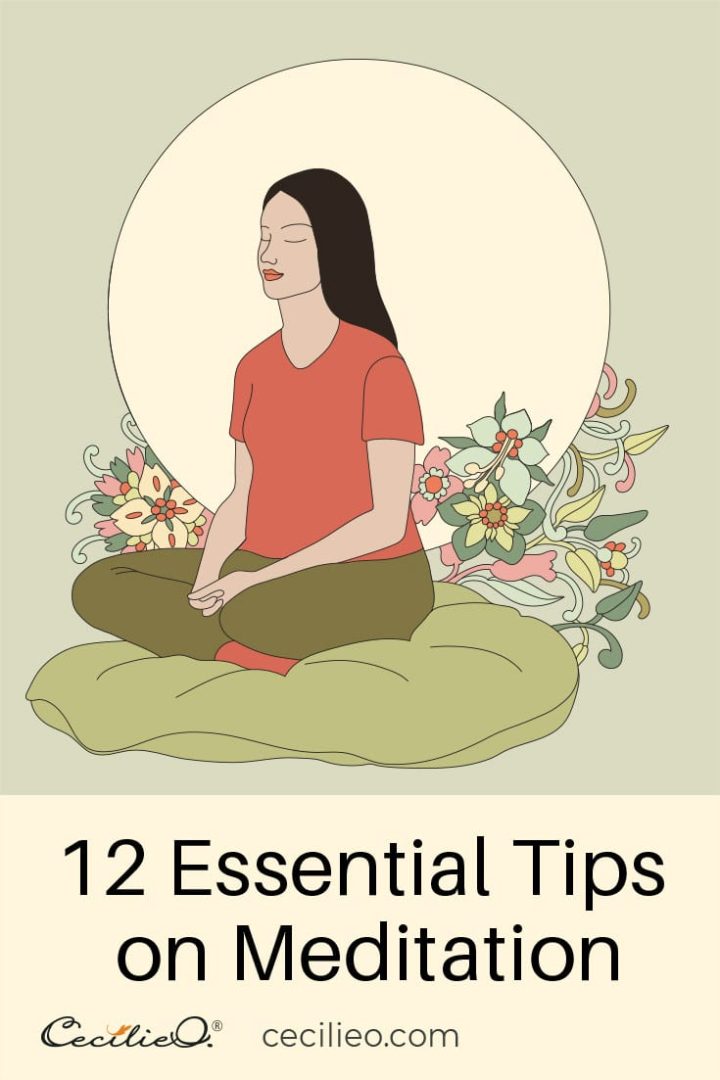 Source: cecilieo.com
Source: cecilieo.com
Mindfulness Meditation
Embracing meditation can be a transformative journey towards achieving inner peace and improved well-being. In alignment with this, mindfulness meditation offers significant contributions. This practice not only promotes relaxation but also fosters a greater understanding of one's mind, enhancing mental well-being, and fostering positive thoughts.
Understanding the Concept of Mindfulness
Mindfulness, in its simplest form, is about being fully present in the moment, tuning into the sensations of the environment, and cultivating a non-judgmental awareness of thoughts and emotions. It denotes an acceptance of 'what is,' allowing one to foster a deeper connection with their inner self.
The concept of Mindfulness Meditation, thus, revolves around training the mind to stay present and attentive. Unlike traditional meditation focusing on achieving a clear mind, mindfulness encourages an active interest in one's ongoing experiences. It's about observing one's thoughts, feelings, and sensations without judgment or distraction. It aids in breaking away from automatic patterns of thought and reacts, promoting a greater control and understanding of one's mind.
Practicing Mindfulness in Daily Life
Implementing mindfulness in daily life doesn't require monumental efforts. Here's how one can incorporate it with ease:
- Savoring the Moment: Engage fully in current activities, whether it's enjoying a meal or taking a walk. Tune into sensory details to foster present moment awareness.
- Timeout: Take mini-breaks during the day to silence the noise, breathe, and tune into your thoughts and feelings. This simple act can provide mental clarity and reduced stress.
- Practicing Gratitude: Cultivate an attitude of appreciating the small joys of life. Noting down things you are grateful for can promote positive emotions and contentment.
- Embrace Acceptance: Acknowledge thoughts and emotions without judgment or resistance. Acceptance lays the groundwork for transformation and personal growth.
Incidentally, mindfulness meditation is more than a practice; it's a way of life aiding in holistic well-being. Developing this art requires patience, but the payoff — a deep sense of tranquility and an enriched life — is undoubtedly worth it.
 Source: m.media-amazon.com
Source: m.media-amazon.com
Guided Meditation
Everyone's journey towards acquiring inner peace and well-being through meditation is personal. Amidst this, guided meditation has emerged as a helpful tool that takes you step by step towards achieving this tranquil state. Guided meditation introduces an element of direction and structure and can be an excellent starting point, particularly for beginners who wish to delve into the art of meditating.
Exploring Different Types of Guided Meditation
Guided Meditation is a process where practitioners meditate in response to the guidance provided by a trained practitioner or teacher, either through written text, sound recording, video, or audiovisual media. There are various types of guided meditation tailored to suit different needs.
- Mindfulness Meditation: This focuses on cultivating a heightened awareness and acceptance of living in the present moment. It trains you to pay attention to your feelings, thoughts, and experiences without judgment.
- Progressive Relaxation: Sometimes called body scan meditation, you are guided to notice and release tension in each part of your body.
- Yoga Nidra: Also known as "yogic sleep", this meditation brings you to a state of deep, restful sleep while remaining conscious, promoting deep relaxation.
- Loving-kindness Meditation: With focus on developing feelings of compassion and love for oneself and others, this meditation type is ideal for those navigating through emotional challenges or interpersonal conflits.
Finding the Right Guided Meditation for You
Identifying the right guided meditation requires you to evaluate your specific needs and challenges. It would help to sample different kinds and see which resonates best with your personal preferences, and mental or emotional requirements. From seeking stress reduction, deep sleep, or overcoming fears and phobias, there’s a matching meditation type for everyone. Ideally, guided meditation should feel comfortable and engaging, promoting a sense of calmness and peace. Remember, the journey to mastering the art of meditation requires patience and consistency. Happy meditating!
 Source : zenguided.com
Source : zenguided.com
Transcendental Meditation
Understanding the Principles of Transcendental Meditation
Transcendental Meditation (TM), originated in India in the mid-1950s by Maharishi Mahesh Yogi, is a form of meditation intensely practiced globally. Unlike other meditation forms that require concentration or contemplation, the TM technique is a simple, natural, and effortless procedure. Transcendental Meditation's primary principle involves transcending the surface level of the mind to reach a deep state of pure consciousness, also known as a restful alertness. This practice uses mantra, a specific sound vibration, to guide the mind inwards, promoting deep relaxation while maintaining a sharp alertness. TM is performed twice a day for 20 minutes each, ideally in the morning and evening.
A Step-by-Step Guide to Practicing Transcendental Meditation
Just like learning to play a musical instrument or ride a bicycle, practicing TM requires a skilled teacher. However, here's a basic guide to prepare you for the journey:
Step 1: Find a Quiet Spot: Choose a peaceful location that is free from distractions.
Step 2: Sit Comfortably: You can sit on a chair, bench, or floor - the key is to maintain a straight back and a relaxed posture.
Step 3: Close Your Eyes: Gently close your eyes, settling yourself in for the meditation.
Step 4: Repeat Your Mantra: Silently repeat the mantra given to you by your teacher, in a gentle and effortless way.
Step 5: Transcend: As you chant your mantra, you will notice your thoughts becoming less frequent, leading you to a state of wakeful rest.
Step 6: Phase Out the Mantra: After around 20 minutes, stop chanting the mantra and allow yourself a few minutes to become aware of your surroundings before opening your eyes.
Remember, the effectiveness of this practice relies on the correct technique, so it's ideal to learn from a certified TM teacher and enjoy the journey toward achieving inner peace and well-being. Be patient with yourself; each meditation session is an investment in your journey. Happy Transcending!
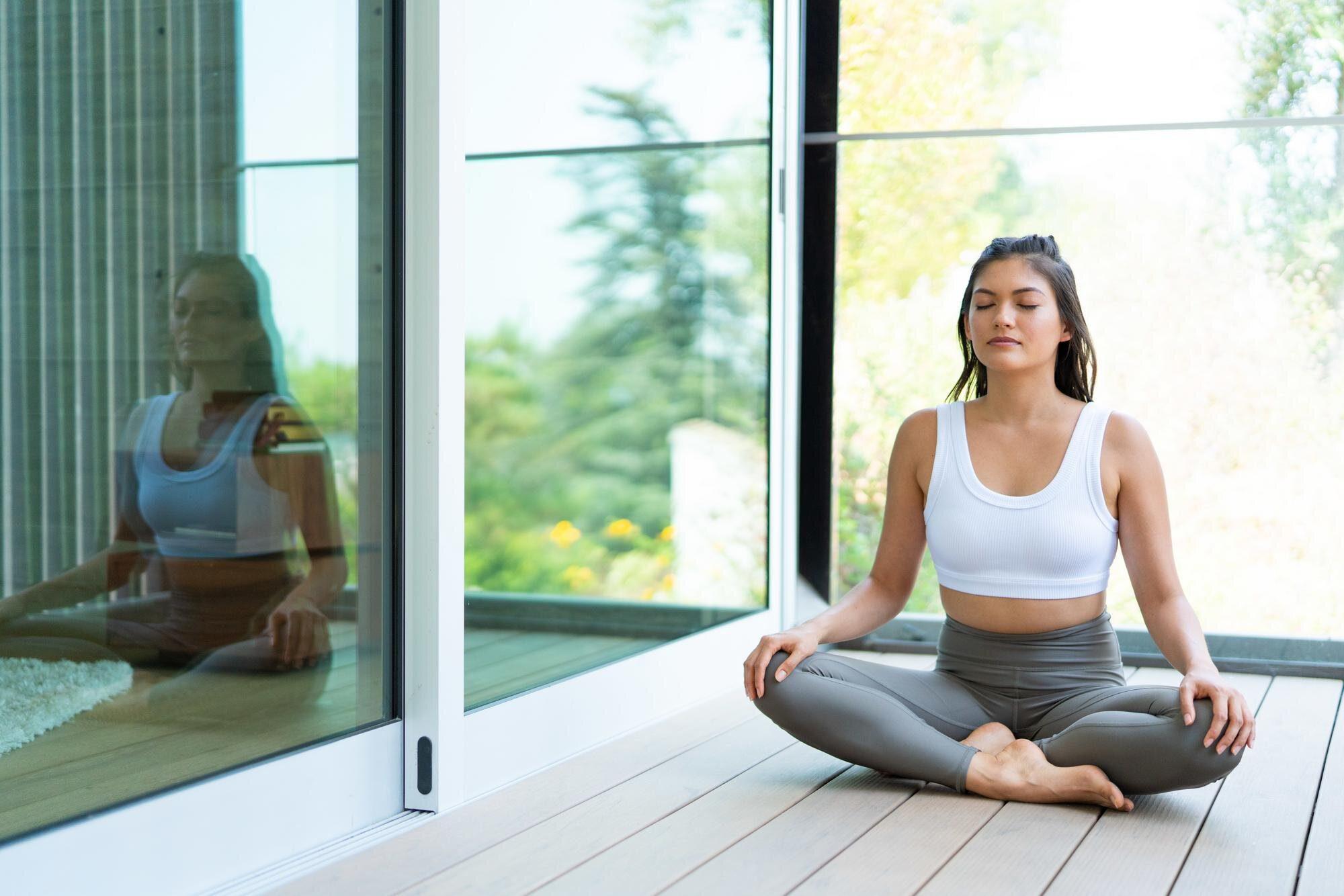 Source : totsworld.org
Source : totsworld.org
Overcoming Challenges in Meditation
Practicing Transcendental Meditation can help you achieve a state of deep relaxation and clarity. Even so, mastering the art of meditation is not always a smooth journey, and it's pretty normal to face challenges along the way. Here are some helpful insights on dealing with inevitable distractions and establishing a consistent meditation routine.
Dealing with Distractions and Wandering Thoughts
During meditation, it's quite common for your mind to wander or get distracted. Rather than getting frustrated or trying to forcefully subside the thought; acknowledge it, let it be, and gently shift your focus back to your mantra. Cultivating this non-judgmental awareness can help improve focus and bring you back to the present moment. Furthermore, consider incorporating calming elements, like dimmed lighting or soft background music into your meditation space to mitigate potential distractions.
Building a Consistent Meditation Routine
Consistency is a crucial component when it comes to meditation; hence, creating a routine that suits your lifestyle can greatly enhance its effectiveness. Start by setting a regular time for your meditation sessions, preferably during the calm periods of your day, such as early morning or late evening. Develop a ritual that prepares your mind and body for meditation like a short walk, stretching, or deep breathing exercises.
Remember, the goal not to meditate for longer periods, but to meditate regularly. Even short sessions of 10 to 15 minutes daily can be powerful and beneficial. It's not about duration, but regularity that makes a difference.
The key to overcoming challenges in meditation is understanding that they are part of the process. Embrace them as learning opportunities rather than setbacks. Practice patience with yourself, remain committed to your routine, and continue your journey towards achieving the inner peace and well-being that comes from transcendental meditation. With time, perseverance, and practice, you will surely master the art of meditation. Happy meditating!
 Source : m.media-amazon.com
Source : m.media-amazon.com
Deepening Your Practice
As one becomes comfortable with the basic practice of meditation, they might yearn for a more profound experience. This involves exploring advanced techniques and applying valuable tips to enrich the practice. Such deepening brings a person much closer to the coveted state of inner peace and well-being.
Exploring Advanced Meditation Techniques
Expanding the scope of the traditional mindful or mantra-based meditation to incorporate advanced techniques can elevate the practice. Two such techniques are loving-kindness meditation and body scan or progressive relaxation.
Loving-Kindness Meditation: This technique involves directing well-wishes and love towards yourself and others. It enhances feelings of compassion and empathy, thereby leading to improved self-esteem and positive relationships.
Body Scan or Progressive Relaxation: This involves scanning different parts of the body for tension. The goal is to recognize and release the tension, which helps in reducing stress and achieving relaxation more efficiently.
Tips for Enhancing Your Meditation Experience
Apart from incorporating advanced techniques, other tips can enhance the meditative experience significantly.
Keep an Open Mind: Don't limit yourself to one technique or style. Be willing to explore and adopt the ones that bring you the most comfort and help you reach a deeper meditative state.
Practice Mindful Eating: Paying attention to your diet can greatly impact your meditation. Mindful eating involves savoring each bite and acknowledging the taste, texture, and smell of the food, fostering a deeper mindfulness that extends to your meditation practice.
Create a Serene Meditation Space: A peaceful, clutter-free space contributes to a calmer mind. Personalize this space with elements such as calming colors, plants, or soothing fragrances to enhance your experience.
Remember, deepening your practice doesn't necessarily mean meditating for longer periods. It's about enriching the quality of your practice. By exploring advanced techniques and employing helpful tips, you're well on your way to a more profound meditative journey, fostering inner peace and well-being. Enjoy each moment on this enriching path towards self-discovery and tranquility.
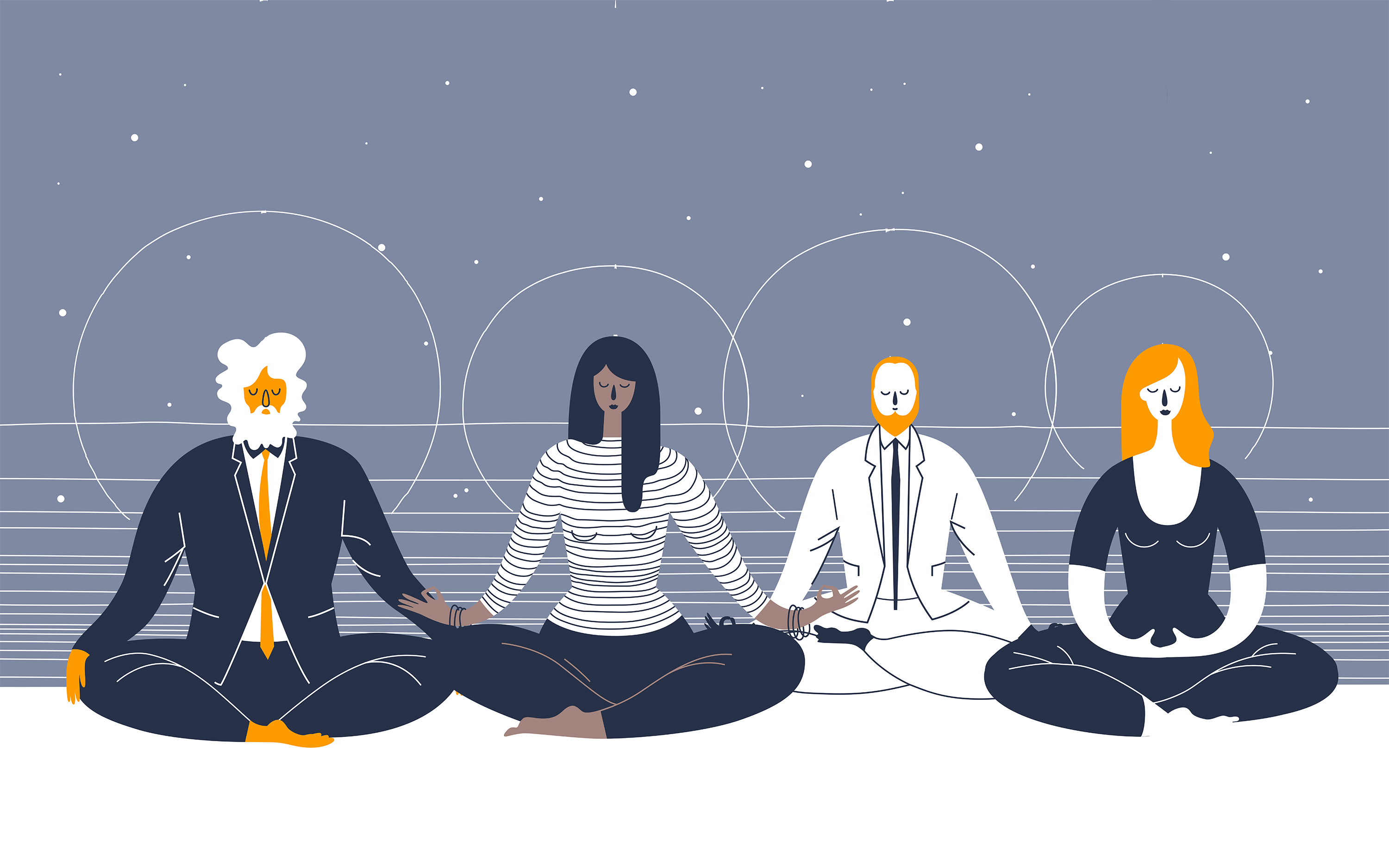 Source: www.mindful.org
Source: www.mindful.org
The Science Behind Meditation
Understanding the enigma of human consciousness and experiencing a state of pure tranquility can be daunting tasks. Meditation seeks to make this possible. But how exactly does it work? Let's delve into some research and studies on meditation, exploring how it affects our brains and overall well-being.
Understanding the Research and Studies on Meditation
Over recent years, numerous scientific studies have shed light on the distinct links between meditation and improved mental health. According to research, meditation can help reduce stress, anxiety, and depression while improving concentration and attention. This occurs because meditation modifies specific neural pathways in the brain, creating lasting changes.
A study published in JAMA Internal Medicine found that meditation improves psychological stress symptoms including depression, anxiety, and pain. Moreover, it suggested meditation as a potential remedy for coping with stress.
How Meditation Affects the Brain and Overall Well-being
Meditation positively influences the brain in various ways. Neuro-imaging studies reveal that regular meditation can lead to structural changes in the brain – enhancing regions associated with self-awareness, compassion, and attention while reducing areas linked to stress and anxiety.
Additionally, meditation cultivates mindfulness, which allows practitioners to live in the present moment. This Awareness brings heightened emotional regulation, fostering a positive mood and a more receptive state of mind.Visualize the human brain as an incredibly complex traffic system with thoughts as vehicles. Meditation acts like a skillful traffic controller, carefully directing and managing thoughts to promote mental calmness and clarity.
Overall, meditation offers remarkable benefits for physical, mental, and emotional well-being. Regular practice can lower blood pressure, boost immune function, and increase cognitive skills. Thus, incorporating meditation into your routine can be transformative, enabling you to achieve inner peace and heightened well-being. Enjoy the journey as you embark on this path of self-discovery, serenity, and overall wellness.
 Source: www.mindful.org
Source: www.mindful.org
Conclusion
Over the course of this article, we've been on a journey of understanding the complex effects meditation can have on the human brain and overall mental health, as well as exploring the tangible techniques of practicing it. However, understanding the theoretical aspects doesn't necessarily translate into benefits unless it is put into practice. Now, let's delve into the transformative potentials of this ancient technique and the initial steps towards achieving a state of inner peace and well-being.
The Transformative Power of Meditation
The practice of meditation can undoubtedly metamorphose both your physical and mental health. It has been conclusively linked to changes in brain structure with marked enhancement of areas tied to self-awareness, compassion, and attention. This mindful journey can foster emotional balance, a greater capacity to cope with stress and anxiety and render profound lasting changes in people's lives.
In fact, it's not merely about a moment of calmness but rather a holistic transformation that engenders a strong sense of well-being, balance, and increased cognitive skills. An image often shared to illustrate this is of a serene lake, whose calm surface reflects the true, clear image of our inner selves in contrast to the distorted image when the waters are agitated. That is the transformative power of meditation – it allows us to silence the chaotic noise of our minds and look at life with clarity and perspective.
Taking the First Step Towards Inner Peace and Well-being
Embarking on a meditation journey doesn't require significant upheaval. It’s akin to beginning a journey where each step matters. Begin with carving out just a few minutes each day - just to sit in silence, following your breath and observing your thoughts. Use those moments to reconnect with your inner self.
Akin to embarking on a journey in unfamiliar territory, remember that patience and consistency are key. The road to inner peace and well-being isn't always easy, but the rewards are truly enriching. As Dalai Lama aptly says, "The goal is not to be better than the other man, but your previous self.”
In this quest for self-improvement and well-being, treat meditation as your loyal companion, guiding you towards tranquility, balance, and ultimately, a state of inner peace.
